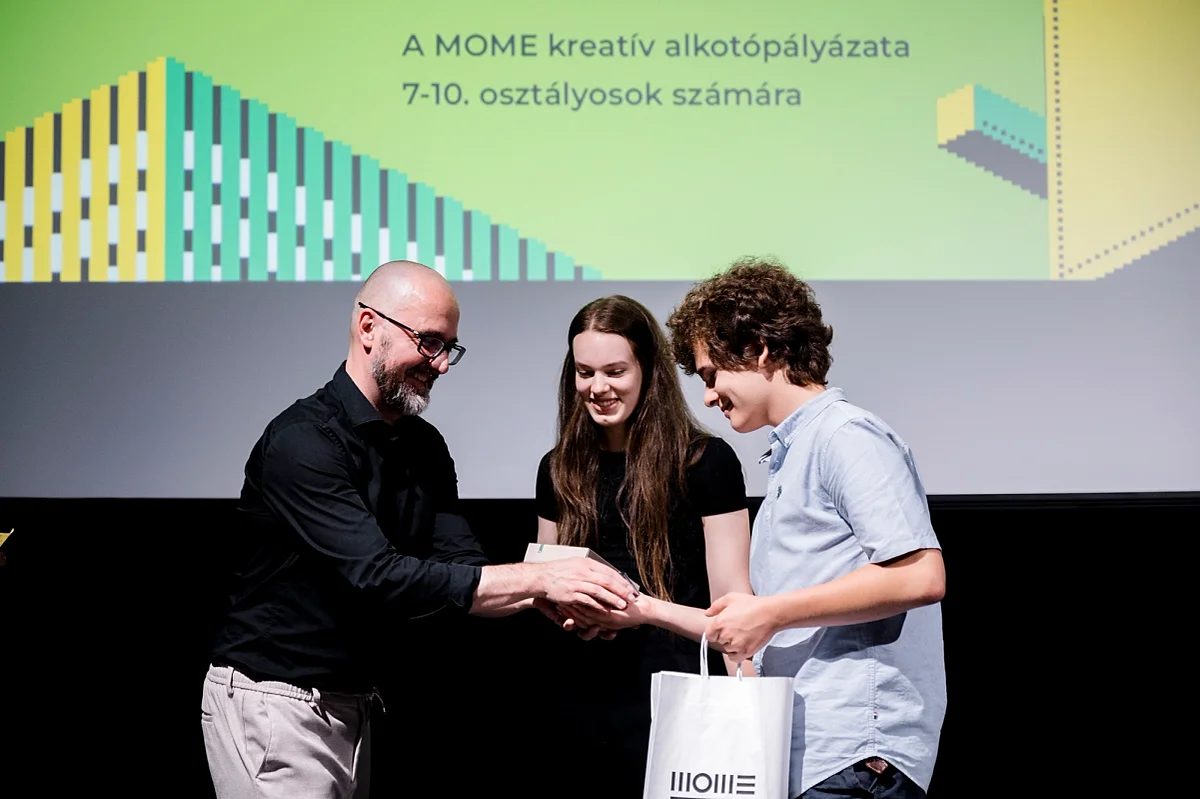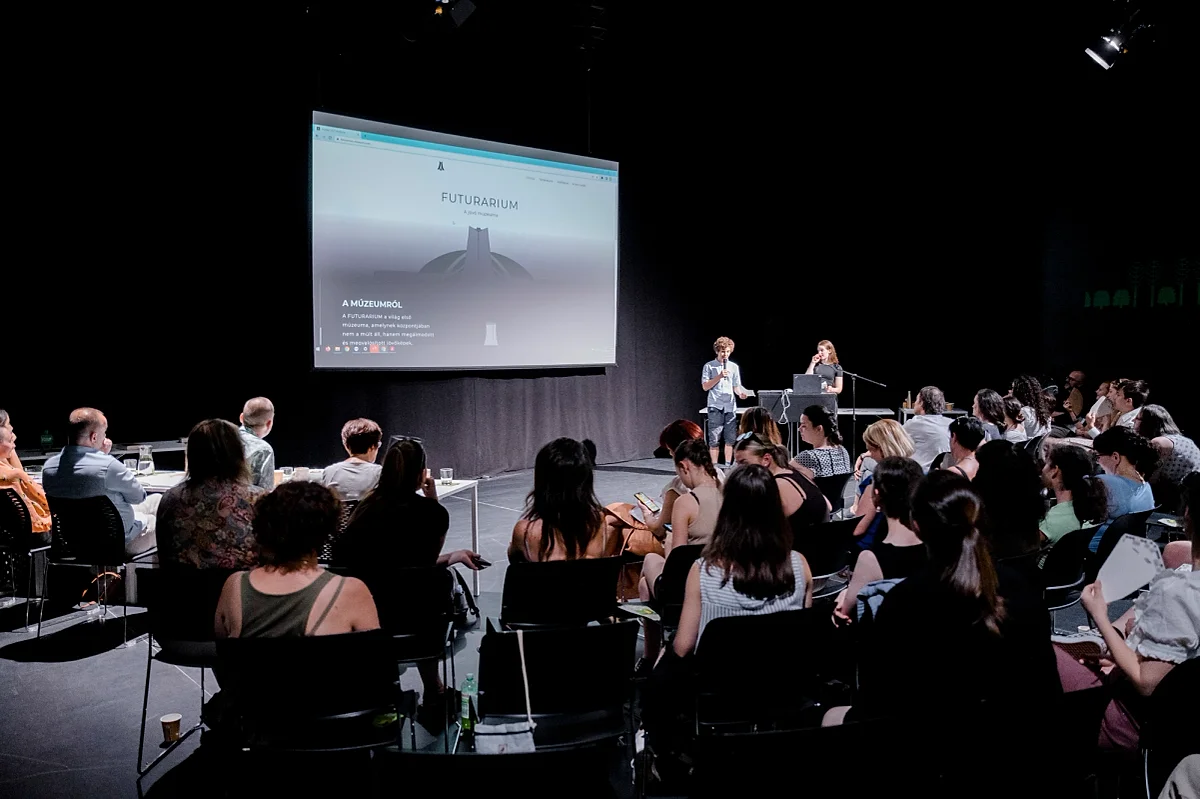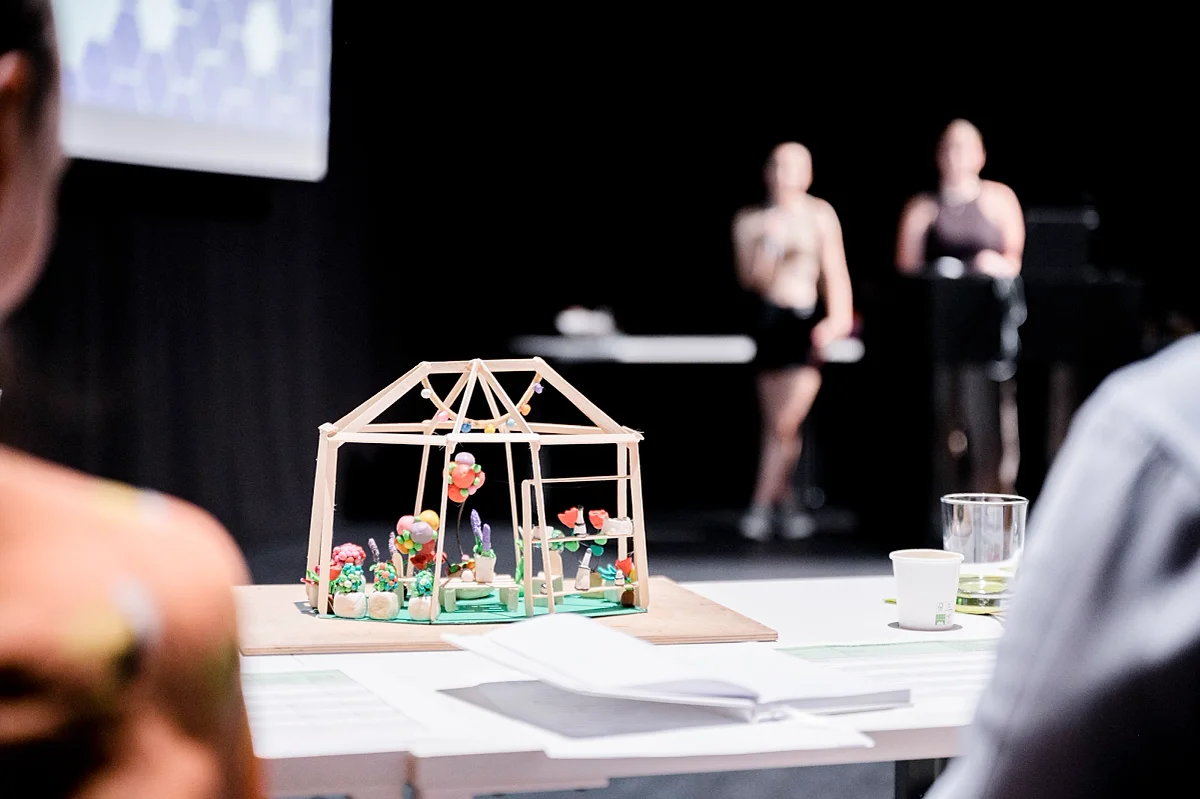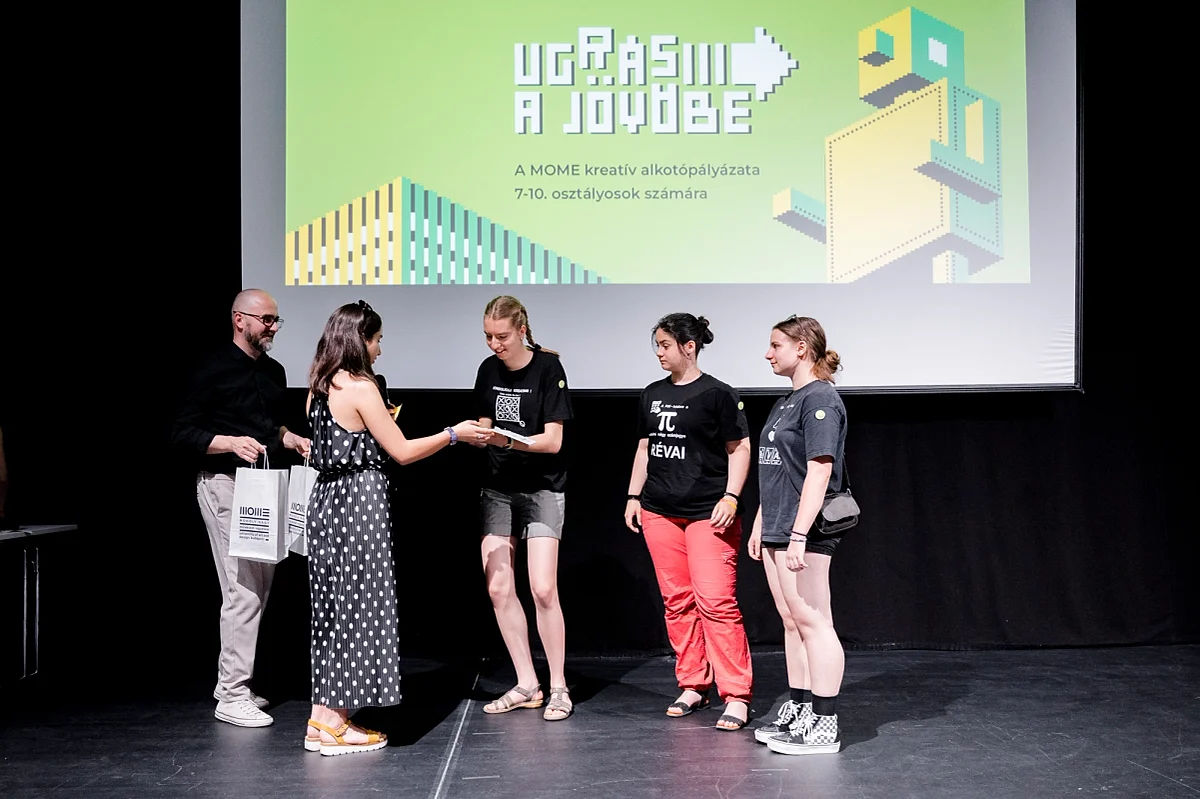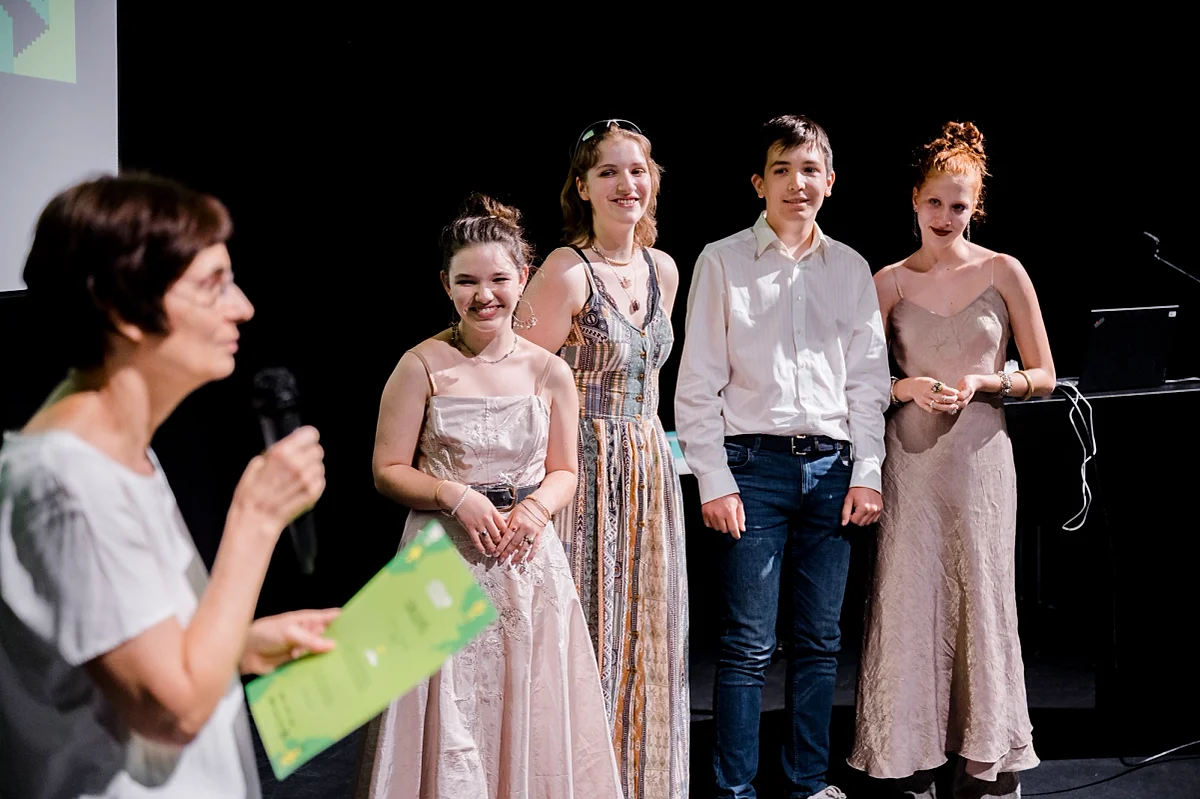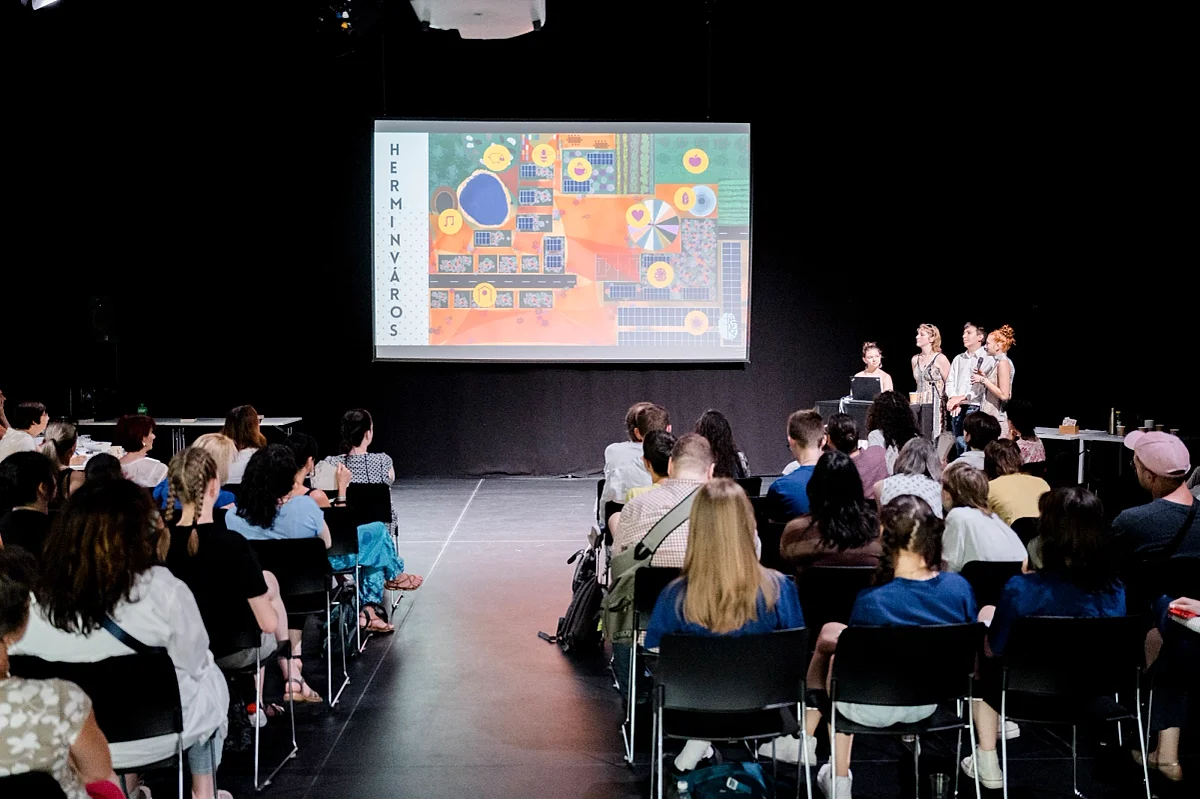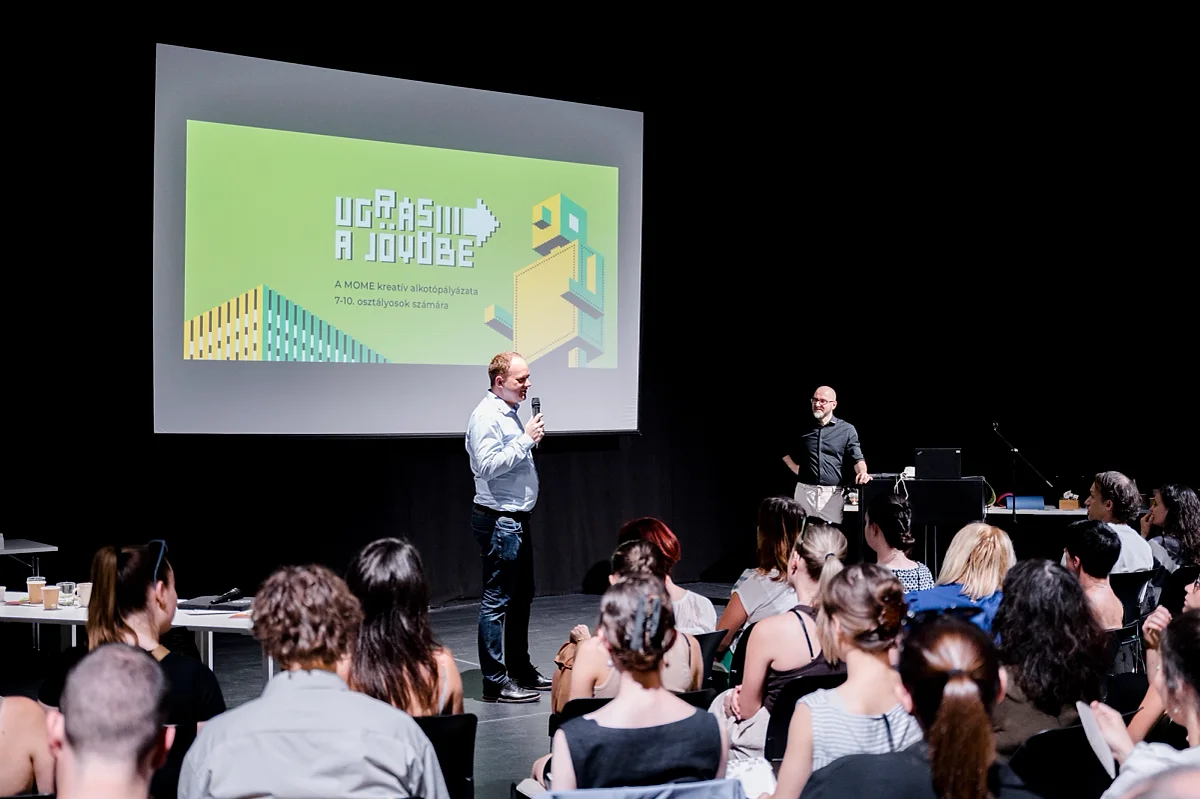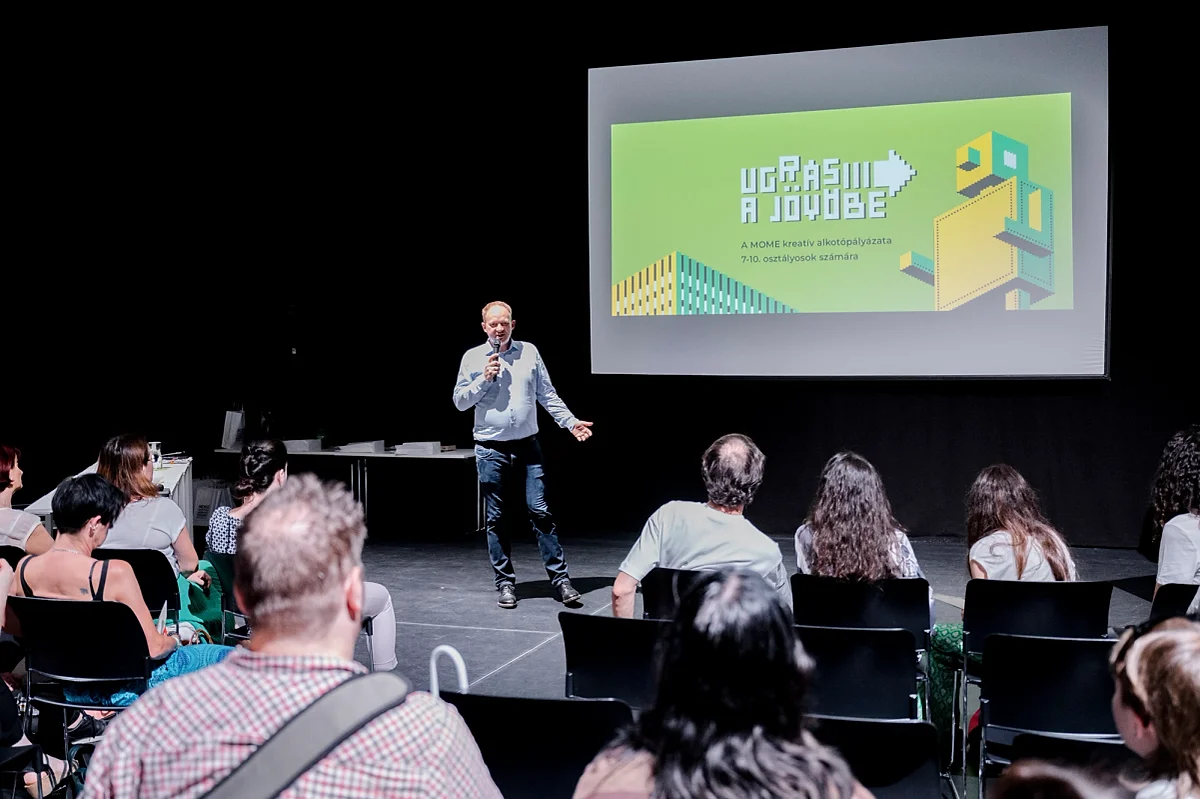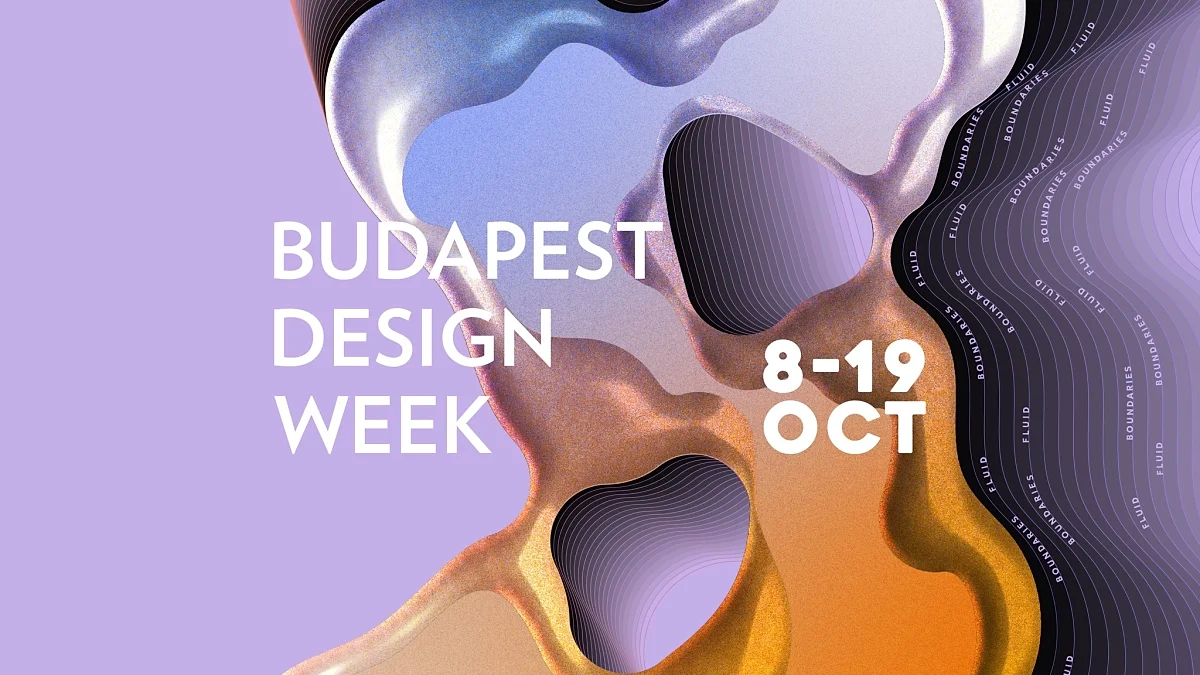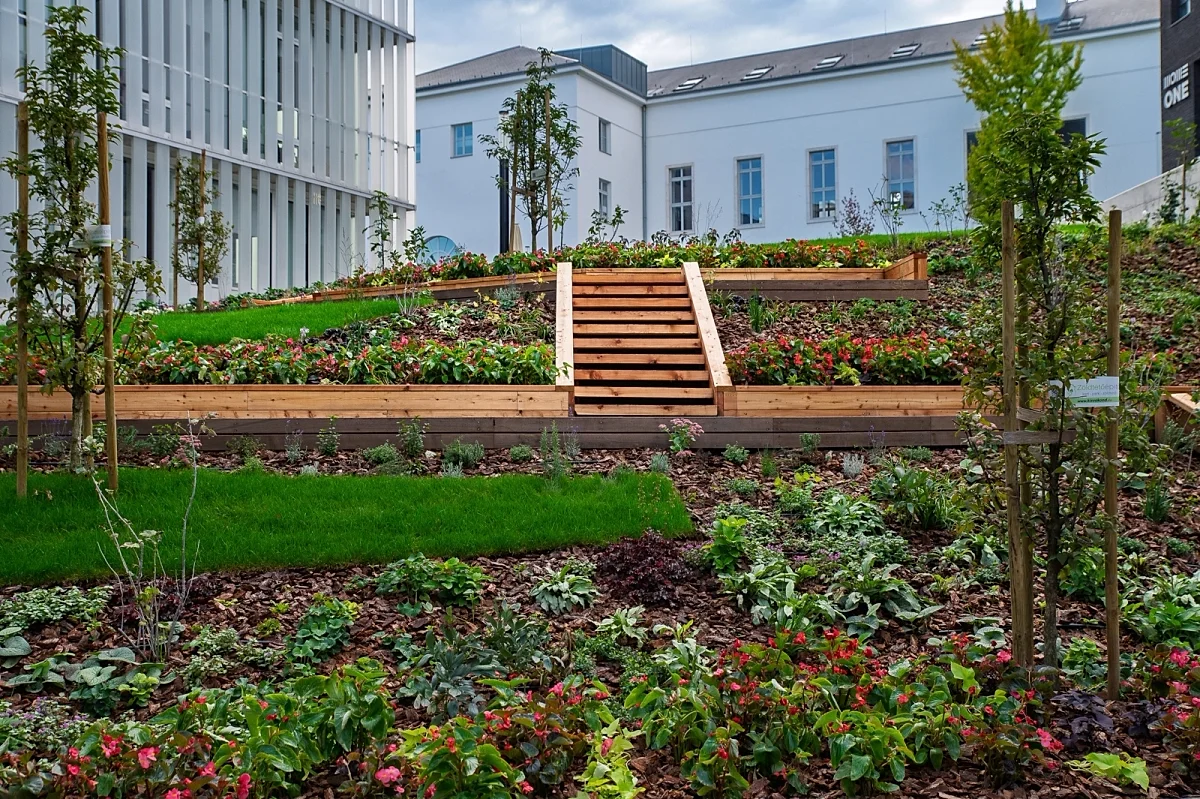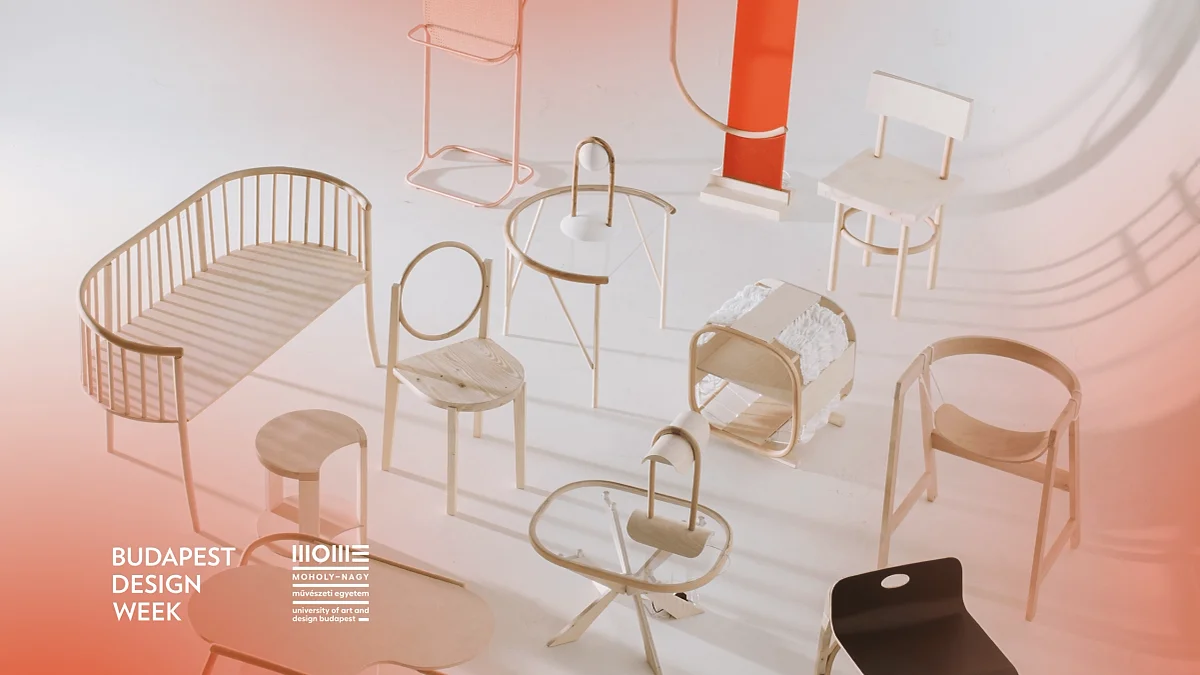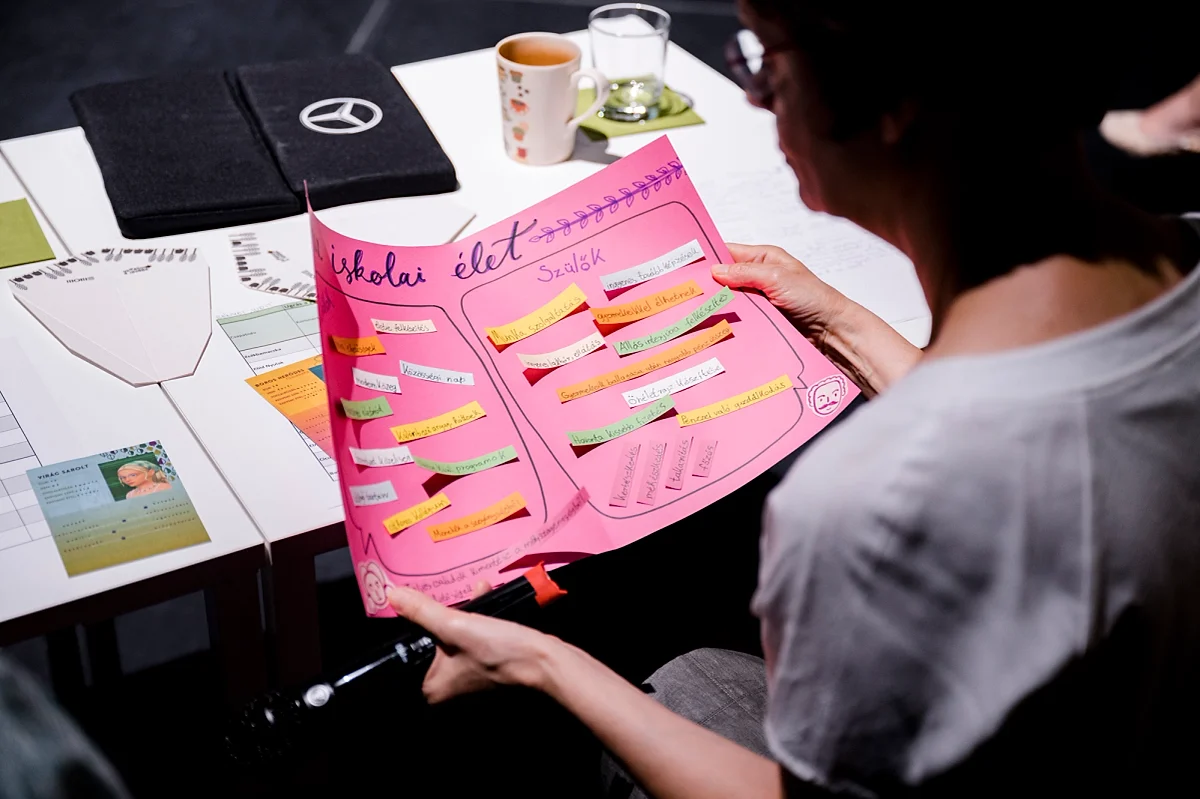
Pollinator bats, the museum of the future, and a brand new school concept We present the winners of the Jump into the future! 2023 competition
Dream Monitor by Elmepalota (Brain Palace) received a special prize. The four prize winners were selected from a shortlist that included ten projects further developed with the help of MOME mentors. The popularity of the competition is evidenced by the participation of over 300 students this year, with teamwork and extracurricular learning as its greatest draws.
What will the future bring? How do tweens today imagine the world to be 20 years from now? These are the questions that the creative JUMP INTO THE FUTURE! competition sought to answer in 2023 as well, encouraging teenagers from Hungary and the other side of the border to share their ideas about the future. The innovatively structured programme could serve as a model by virtue of introducing the concept, questions, solutions, and responsibility of design while laying the foundations of interdisciplinary learning, linking to general education subjects, and helping relate to existing knowledge. “Through the entries received for the 2021 competition, our university was able to get a comprehensive overview of the visions of generation Z, while the participants were given an opportunity to unlock their creativity, and develop their critical thinking”, said MOME teacher and project lead Dóra Szentandrási, who worked intensively with the teams together with project manager Erzsébet Szabolcs for several weeks.
The winning project, Purple Pioneers looks at the economic and social problems as well as the geographical properties of the Great Hungarian Plain and would provide complex support to disadvantaged families instead of focusing on individual students. According to the design, the school and residence hall of the future is not only fully green but also inclusive and self-sustaining. Three of the team members – Júlia Murber, Zorka Czibók, and Ráhel Prasch – are students of the Pécs Secondary School of Arts, while one is from the Janus Pannonius Secondary Grammar School in Pécs. The team designed generous community spaces and plenty of plants in the envisioned school and residential building with help from mentors Éva Tornyánszki and Janka Csernák. The residence hall is one of the most exciting parts of the design, with multi-person cabins that can accommodate an entire disadvantaged family, providing not only housing, but also training and thus an opportunity to move on.
Team Batu Khan consisting of four 9th graders from the Lauder Javne Jewish Community School in Budapest – István Kálloy Molnár, Dávid Ujfalussy, Anna Mátrai, and Márk Trencsényi – finished second place with their project Futurarium – The museum of the future developed further with mentoring by Ráchel Győrffy and Zsolt Pataki. Futurarium is the first museum in the world that focuses on envisioned and fulfilled visions instead of the past”, says the description. The museum of the future features films, objects and models for maximum immersion in the world of Metropolis, 2001: A Space Odyssey, H.G. Wells, or Asimov.
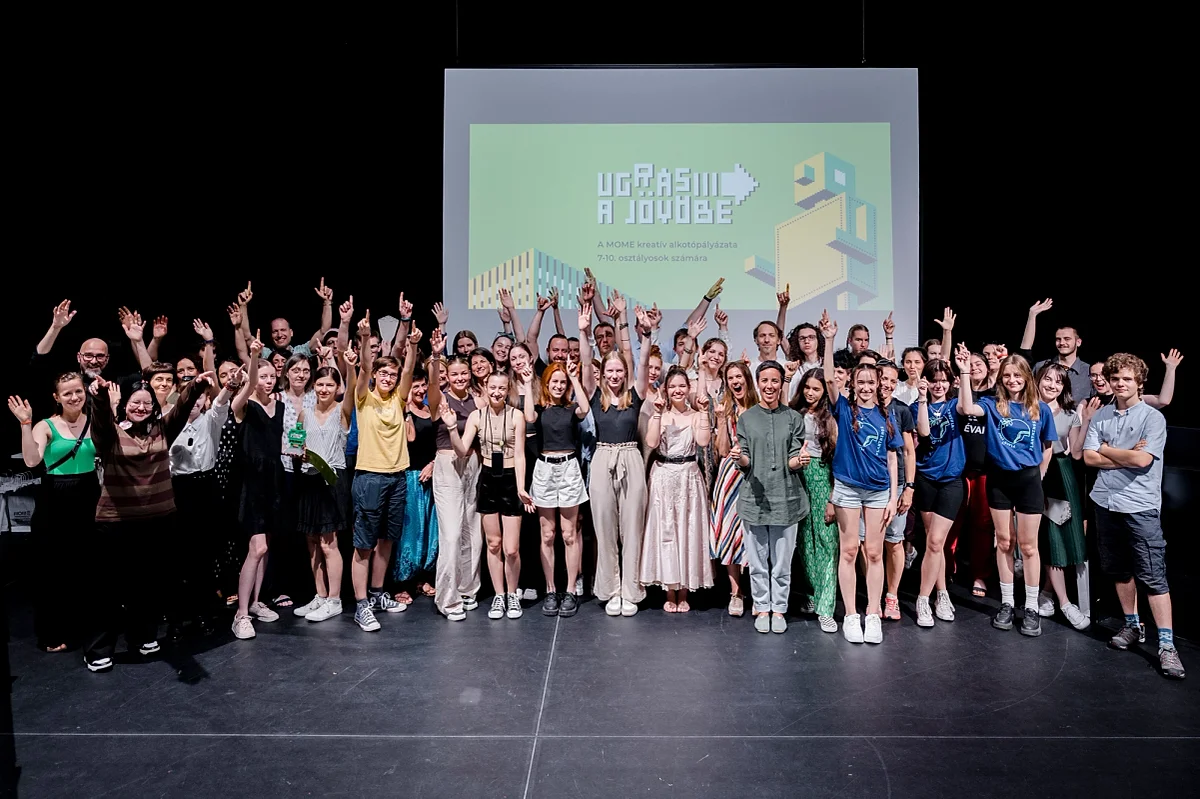
Project Glacies Oscula developed by three 10th graders of team from Révai Miklós High School and Student Hostel in Győr – Anna Darázs, Blanka Kovács, and Tekla Apolka Bartek – came in third, and reflects on the environmental threats to bees and the problem of the extinction of bees. In their vision, humanity managed to overcome starvation resulting from the impossibility of producing food due to the extinction of bee populations. Their project is centred around a method for pollinating plants with the help of bats and a so-called “Pollination Support Device”. The PSD is a tiny robotic insect that lures mammals to the right plants by releasing pheromones, facilitating the production of plants used for food. The heart-wrenching frame story also features the future child of the protagonist saved from starvation by this development.
The project developed further by 10th graders of team Elmepalota (Brain Palace) from Madách Imre High School in Budapest – Katalin Horváth and Lujza Blanka Vinnai – with the help of mentors Borbála Tímár and András Egressy received a special prize. In the Europe they envisioned, over two thirds of the population would use Dream Monitor and its accessories such as a design software for deciding in advance what to dream about. As a result, communicating feelings and self-expression would become easier for many with meaningful dreams. Psychology in particular would benefit a great deal from dream monitoring.
Focused on teamwork and design thinking, the competition invites teams of 2-5, and teams proceeding to the second round are supported by teachers of the university as mentors throughout the intensive preparation lasting for several weeks. Criteria for the review of entries submitted to the creative competition include quality of the visual product, intelligibility of the frame story, and the strength of the idea or concept.
The jury was chaired by General Deputy Rector Pál Koós and its members included head of MOME’s Teacher Training programme Judit Bényei, architect, illustrator and former MOME external lecturer Noémi Mónus, Finland-based Hungarian education researcher and university professor Dr. Kristóf Fenyvesi and a member of the winning team of the first JUMP INTO THE FUTURE! competition Luca Gátos.
